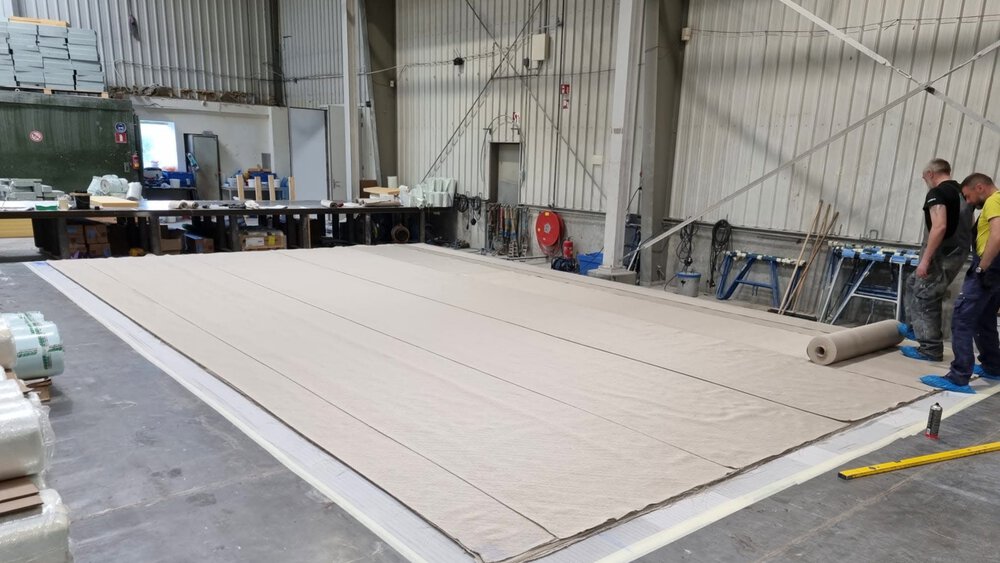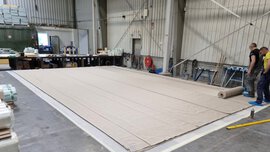Smart Circular Bridge Ulm: Flax as the building material of the future?
Sustainability and innovation are increasingly going hand in hand in the construction industry. With the Smart Circular Bridge in Ulm, a pioneering project has now been realised that sets new standards for the use of bio-based building materials. Opened at the beginning of 2025, the bridge impressively demonstrates how natural fibres can be used as a high-performance alternative to conventional materials—and not just for pedestrians, cyclists and vehicles.
Flax—from ancient tradition to modern bridge construction
Flax is one of the oldest cultivated plants in the world. It has been used for thousands of years for textiles, ropes and sails. Flax cultivation also has a long tradition in Upper Swabia. Now the natural material is experiencing a renaissance - as a load-bearing element in bridge construction.


Innovative materials and sustainable construction
After its Dutch counterpart in Almere, the ‘Smart Circular Bridge’ in Ulm is the second bridge to be realised as part of the EU-funded Interreg NWE project ‘Smart Circular Bridge’. Just a few steps away from Ulm Minster, the Smart Circular Bridge spans the Kleine Blau river. At nine metres long and five metres wide, the bridge initially appears inconspicuous to passers-by. The bridge body itself is reminiscent of concrete, but is made of a high-performance composite material consisting of flax fibres, bio-based epoxy resin and recycled PET foam.
The ropes are made of flax fibres that have been dipped in epoxy resin, making them particularly stable and weather-resistant. The railing posts are made from recycled hardwood from a demolished bridge. To produce the flax composite material, the fibres are placed in a mould, sealed and a vacuum is created. The bio-based epoxy resin is injected into this vacuum and the newly created composite material hardens.
Smart design and interactive technology
The bridge was subjected to extensive load tests to confirm its load-bearing capacity. A special feature of the bridge is its intelligent sensor technology. There are 42 sensors integrated into the structure that continuously collect data on load, deformation, temperature and environmental influences. This information is analysed with the help of artificial intelligence and is used for long-term monitoring of the material.
But it is also worth taking a look at the design potential: the artistic, geometrically shaped railing was woven fully automatically by robotic arms. In addition to the engineering aspect, the bridge also offers an interactive component: a sound agency developed a sound installation that converts the movements of passers-by into acoustic signals. This makes the bridge not only an example of sustainable construction, but also an interactive experience that combines science and art.








